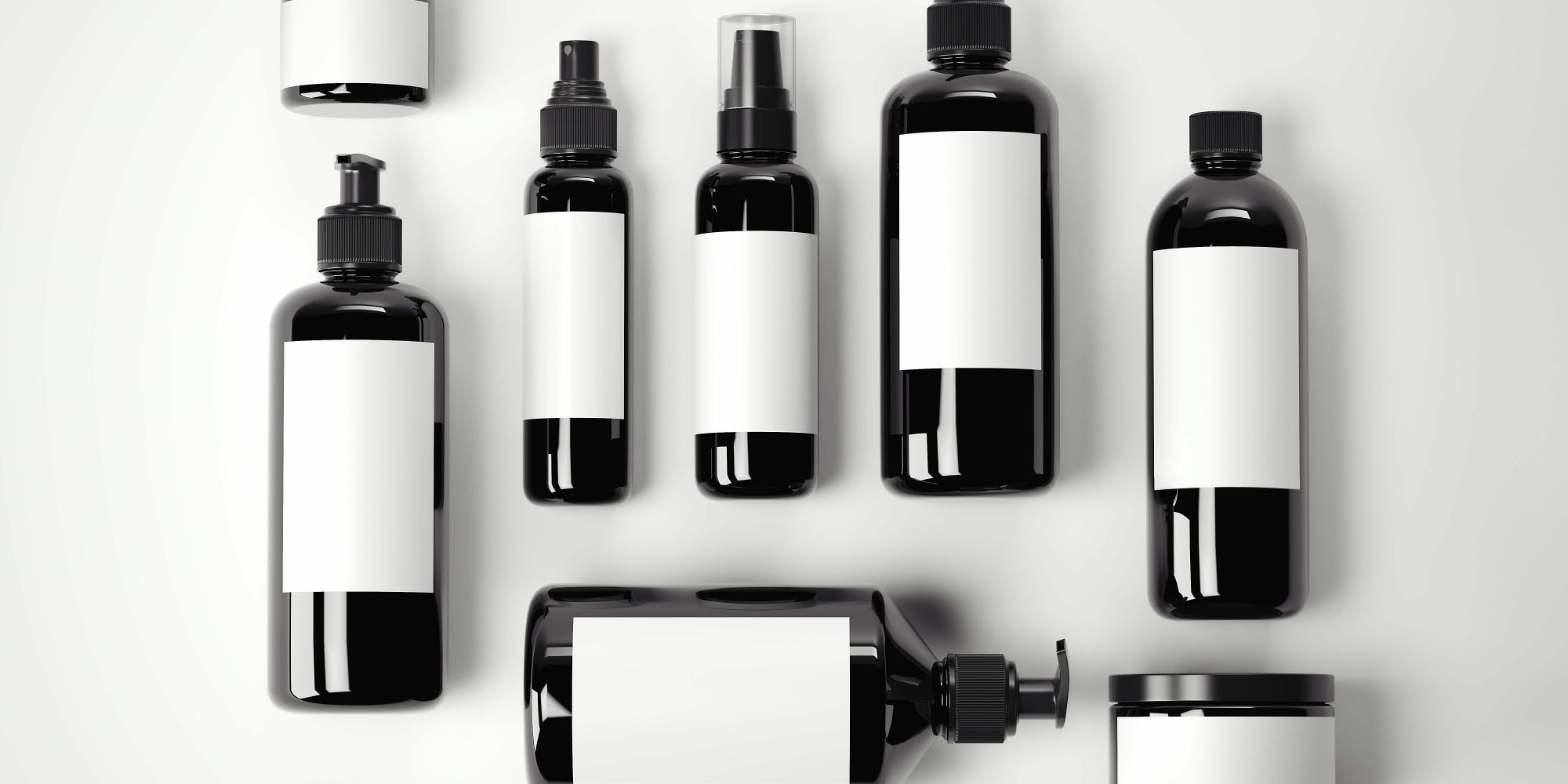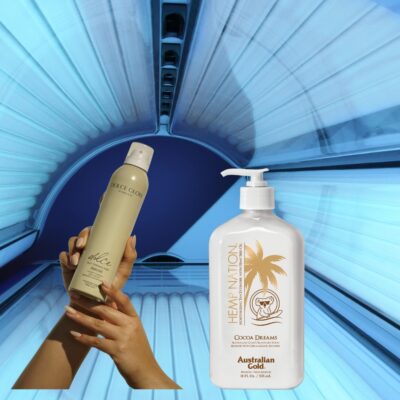
Indie Beauty Entrepreneurs Discuss The Keys To Standout Branding
In this edition of Beauty Independent’s ongoing series posing questions to beauty entrepreneurs, we ask 10 founders and executives: What’s been the biggest lesson you’ve learned about branding?
- Aditi M Gaur Founder and CEO, Kanai
Branding is perhaps one of the top three things an entrepreneur must focus on when he/she decides to launch a business, simply because it distinguishes you from the rest. So, whether it’s the color, aesthetic, font or imagery, it must all articulate what your business will stand for. In an industry like cosmetics, this becomes even more crucial because of the competition that exists.
We took our time to conceive and refine our branding as we wanted to create a uniqueness that set us apart from the rest. I would like to think that this process of refinement continues as you grow and evolve. Since cosmetics is a sensory practice I believe the colors and aesthetic must reflect something that appeals to the senses.
Customers will rarely turn to packaging or an aesthetic that does not appeal to them, so the selection of colors and imagery is important and carrying forward the sensory experience through your website and stores is completing the experience for the customer.
- Abigail Kuehl Founder, Antidote 1848
Less is more. Great branding looks simple and minimalist, but it is hard work that is never done. Being able to articulate things like what a brand stands for, what makes it different from alternatives, how it is unique, and why it matters is hard work. Between the desire to communicate all of this, it is easy for the brand message to become overly complex and diluted. And consumer feedback can send you in many directions.
A very simple example of this for us came in the form of font choices. About six months into our first launch, we did a brand tune-up exercise and found that we’d ballooned into six different fonts from the brand name to the website to labeling to invoicing. While it wasn’t obvious, it gave the brand a sloppy impression. This kind of complexity can creep into all aspects of a brand and takes real discipline to stay on track. We now only use two fonts to tell our story.
- Ida-Sofia Koivuniemi Founder and Owner, Evil Queen
Branding has been one of the most important parts of my business, so perfecting it is something I’m constantly working on. I’ve learned a lot about branding over the past two years, but my biggest lesson is consistency and staying true to your voice. You have to be able to create a brand identity and stick with it. It also has to be not only recognizable, but memorable.
For me personally, my sassy side comes out with Evil Queen, and I stick with that voice throughout all of my branding materials. From our packaging to our emails and Instagram posts, we keep our sassy nature. Good branding is so important because consistency is what keeps your customers coming back for more. They know they’re getting the same product, the same sass, the same great customer service.
If you’re constantly changing your branding, people may be confused with what they’re getting, and, therefore, be more reluctant to buy your products. Once you find something you like, stick with it. Your customers will appreciate it.
- Hannes Freudenthaler Founder and CEO, Andmetics
One of the greatest branding lessons that I have learned from our experiences is that you’ll never be able to build a great brand based on a formula. It just doesn’t work that way. What works is creativity, hard work and the willingness to make mistakes, lots of them. But I also want to point out three special points which we learned during building our brand.
The first thing was: Always start by promoting the reason why you exist as a brand. Get everyone on your team involved in understanding the mission. This starts at the top and works all the way down to the bottom. Then, everyone is working to create a meaningful way to get people to see your brand, not just your products.
The second thing was: It’s always an uphill battle if you try to enter a market which is overcrowded or a market which is shrinking. The only way to guarantee your long-term success is to create a new market. Try to peer past the horizon and look for markets that are undervalued. We created a new product, Brow Wax Strips, which is patented and really unique worldwide.
The third thing was: Many companies are founded by people who build products for friends and families who have their same interests. When they start a business, they think they know who their target group is. What we definitely learned is to be adaptable. Try not to get locked into thinking you know who your customers are. Release your product and watch where it goes. Look for opportunities to exploit.
- Anne Kukkohovi Founder, Supermood
From day one, we really wanted to create a strong emotional connection to our customers. My husband and I have a long background in advertising, so we really understand the power of branding. It is essential to create a soul for the brand. Natural skincare tends to be serious, judgmental or clinical, [and] lacking personality. They might be stylish, but somewhat homogenous.
Quirky tonality is big part of Supermood’s communication. We have tiny affirmations on our package to emphasize the idea behind of each product. And, if they make a customer smile or feel good, we have done something right. We also have edible beauty, which is a big part of Supermood’s holistic brand experience. The chocolate with collagen was our first love, and it made us stand out. It’s a great product, but also tells our story, so it’s a marketing tool at the same time.
Package design plays big part of communication and brand experience. The colorful and playful look was carefully considered. We wanted to create a brand that is effective, but is something that looks delicious in your bathroom beauty cabinet. So, to summarize, a brand needs to have a distinctive, original tone of voice. Otherwise, it disappears in the constantly evolving jungle of the beauty market.
- Debbi Burnes Founder, Sumbody
Being fresh and keeping up with all the changes has become so important as brands are revamping more often. When we first started in 1999, brands had the same labels for five years and longer. New products came out much slower, there were less brands, and only a handful of indies. All of this has shifted. Now, to meet consumer demands and stay relevant, brands are revamping constantly, new products are a constant, and indies are plentiful.
With this much constant change, knowing your brand and getting that core element down is key. The stronger your branding, the easier being true to it is. We all can’t be everything, so admire those amazing brands that do what you don’t do, and you do you.
Be true to your brand. There are so many talented people creating wonderful brands and products. It is what I love most about indie beauty, all the individuality. While I love seeing the market for these brands grow, it also makes having your own voice, a strong point of view, passion and resisting fads key to keeping your messaging on point.
We do not use secondary packaging. We aim to reduce waste, so we forgo the box to stay on brand point. Everything you do tells your story. Each choice you make paints a larger picture. Keeping this in mind with everything from sourcing ingredients and formulating products to choosing packaging and writing text will keep your vision clear. The clearer your branding is the easier it is for the consumer to understand and make a buying choice.
- Allison Taylor Co-Founder, Le Prunier
It’s so important to have a unified vision and always trust your instincts. We took a really honest look at what our core values were and what we wanted to convey to our audience and consumer. I always look to our team for input and do my best to align with people who share those same ideals.
These days, people are inundated with products on a daily basis, so I’ve found it to be incredibly important that we stand out and distinguish our True North by staying true to our roots. People can really tell when things are genuine.
Branding and packaging should create a visceral experience for the consumer. We’re not just selling a bottle of Plum Beauty Oil, we’re selling the values, heritage and the tradition behind our fourth-generation family farm. Knowing that today’s consumer expects more has pushed us to be completely transparent with our voice on social media and across the board through our website, packaging, etc. We want to go the extra mile so people understand the care and attention that goes into each bottle, all the way from the organic farming to cold-pressing 250 plum kernels into each bottle of Plum Beauty Oil.
- Prudence Millsap Founder, Beauty by Earth
Our biggest branding lesson so far has been that packaging should tell your story. Why not judge a book by the cover? If your packaging says who you are, people will get it. For example, our packaging is all kraft boxes made in a wind-powered facility using paper board that is Sustainable Forestry-certified. The whole look tells people that we are a natural, organic and eco-friendly company that cares about the environment. This branding story is important to us.
- Nima Jalali Founder, Salt & Stone
Most people judge a product by its packaging, so no matter how great the quality of your product is, you need packaging just as great to go along with it. We noticed that most sunscreens didn’t have a design direction that we were very into, so we decided to do something new, fresh and different by keeping it very minimal and clean.
- Janna Sheehan Founder, Ojai Wild
It's challenging to distill all that you want to say about your brand into something simple and interesting, making it easy to relate to. Having launched a prior brand, Trance Essence, we learned that packaging, brand message and story all need to be simple and streamlined to be the most effective. Less is more is our mantra.
If you have a question you’d like Beauty Independent to ask beauty entrepreneurs, please send it to editor@beautyindependent.com.






Leave a Reply
You must be logged in to post a comment.